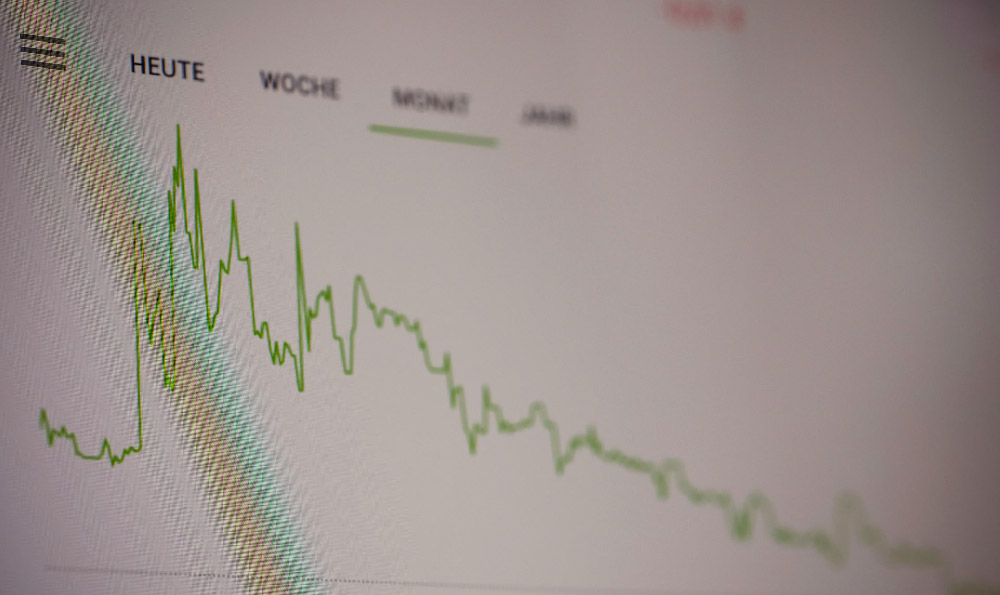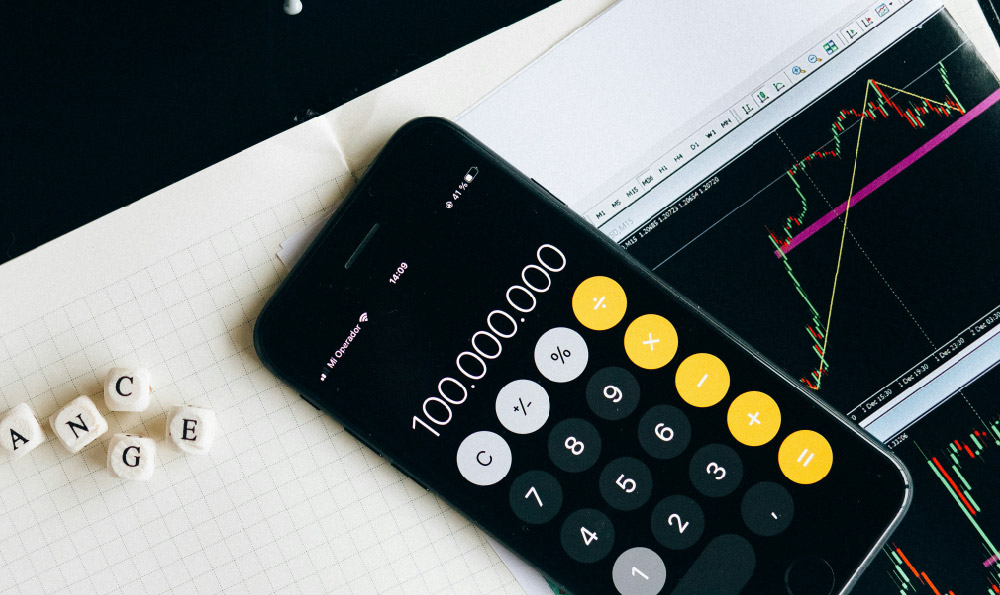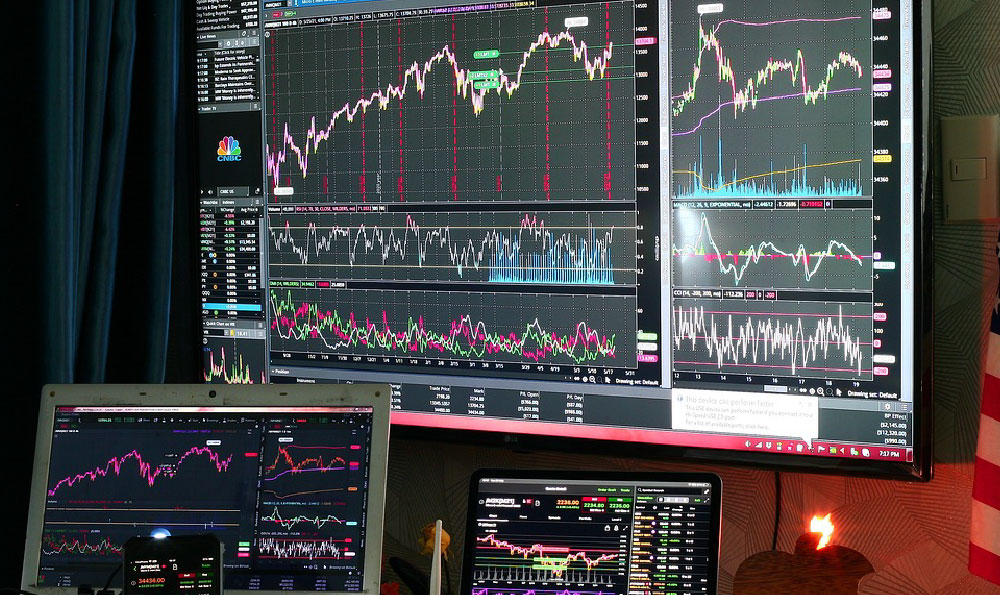Futures investing, often perceived as a sophisticated and potentially lucrative venture, can be both exciting and daunting for newcomers. Understanding its mechanisms, risks, and potential rewards is crucial before diving in. This exploration aims to demystify futures investing, offering a foundational understanding and a practical guide to getting started.
At its core, a futures contract is an agreement to buy or sell a specific asset at a predetermined price on a future date. Unlike stocks, where you're investing in ownership of a company, futures contracts represent an obligation to exchange an asset. These assets can range from agricultural commodities like corn and soybeans to energy products like crude oil and natural gas, precious metals like gold and silver, financial instruments like currencies and interest rates, and even stock indices.
The allure of futures lies in its leverage. With a relatively small amount of capital, known as margin, you can control a significantly larger position. This amplified exposure can lead to substantial profits if the market moves in your favor. However, this leverage is a double-edged sword. Just as profits can be magnified, so too can losses, potentially exceeding your initial investment. This is why risk management is paramount in futures trading.

Why do people invest in futures? There are primarily two motivations: hedging and speculation. Hedgers are typically producers or consumers of the underlying asset. For example, a farmer might use futures to lock in a price for their upcoming harvest, protecting them from potential price declines. Conversely, a food processing company might use futures to secure a supply of wheat at a known price, mitigating the risk of price increases. Speculators, on the other hand, aim to profit from price fluctuations. They analyze market trends, economic indicators, and news events to predict future price movements and take positions accordingly.
Getting started with futures investing requires a structured approach:
1. Education and Research: Before risking any capital, dedicate time to understanding the intricacies of futures markets. Learn about different types of contracts, margin requirements, contract specifications, and the factors that influence price movements in the specific markets you're interested in. Resources abound online, including educational platforms offered by exchanges like the CME Group and the Intercontinental Exchange (ICE). Books, courses, and reputable financial websites can also provide valuable insights. Focus on understanding technical analysis (chart patterns, indicators) and fundamental analysis (supply and demand factors, economic data).
2. Choosing a Broker: Selecting the right broker is crucial. Look for a firm that offers access to the futures markets you want to trade, competitive commission rates, a robust trading platform, and reliable customer support. Consider factors like margin requirements, platform features (charting tools, order types), and the availability of educational resources. Ensure the broker is regulated by a reputable authority, such as the Commodity Futures Trading Commission (CFTC) in the United States.
3. Funding Your Account: Futures trading requires a margin account. The margin is a percentage of the total contract value that you need to deposit with your broker to open a position. Margin requirements vary depending on the contract, the broker, and market volatility. It's important to understand the concept of initial margin (the amount required to open a position) and maintenance margin (the minimum amount you need to maintain in your account to keep the position open). If your account balance falls below the maintenance margin, you'll receive a margin call, requiring you to deposit additional funds to cover the shortfall.
4. Developing a Trading Plan: A well-defined trading plan is essential for disciplined and profitable futures trading. Your plan should outline your trading goals, risk tolerance, trading strategy, entry and exit rules, and money management techniques.
- Goals: What are you hoping to achieve through futures trading? Are you aiming for consistent income, capital appreciation, or simply diversification?
- Risk Tolerance: How much capital are you willing to risk on each trade? Determine your maximum acceptable loss per trade and your overall risk tolerance for your portfolio.
- Trading Strategy: What approach will you use to identify trading opportunities? Will you focus on technical analysis, fundamental analysis, or a combination of both?
- Entry and Exit Rules: Define clear criteria for entering and exiting trades. This could involve specific price levels, chart patterns, or economic indicators.
- Money Management: Implement sound money management techniques to protect your capital. This includes setting stop-loss orders to limit potential losses and using appropriate position sizing to control risk.
5. Starting Small and Practicing: Begin with a small amount of capital and trade in a demo account or with micro contracts (smaller versions of standard futures contracts) to gain experience without risking significant funds. This allows you to test your trading plan, familiarize yourself with the trading platform, and develop your skills in a low-pressure environment. Pay close attention to your emotions and reactions to market movements.
6. Risk Management: Risk management is the cornerstone of successful futures trading.
- Stop-Loss Orders: Always use stop-loss orders to limit potential losses on each trade. A stop-loss order automatically closes your position if the price reaches a predetermined level.
- Position Sizing: Adjust your position size based on your risk tolerance and the volatility of the market. Avoid overleveraging your account.
- Diversification: Consider diversifying your portfolio across different futures contracts to reduce risk.
- Emotional Control: Avoid making impulsive decisions based on fear or greed. Stick to your trading plan and manage your emotions effectively.
7. Continuous Learning and Adaptation: The futures markets are constantly evolving. Stay informed about market trends, economic developments, and regulatory changes. Continuously evaluate your trading plan and adapt it as needed based on your performance and market conditions. Analyze your winning and losing trades to identify areas for improvement.
Futures investing offers the potential for significant returns, but it also carries substantial risks. By educating yourself, developing a solid trading plan, practicing sound risk management techniques, and remaining disciplined, you can increase your chances of success in the futures markets. Remember, patience and persistence are key. It takes time and effort to develop the skills and knowledge necessary to become a consistently profitable futures trader. Finally, never invest more than you can afford to lose, and always seek professional advice if you have any doubts.












